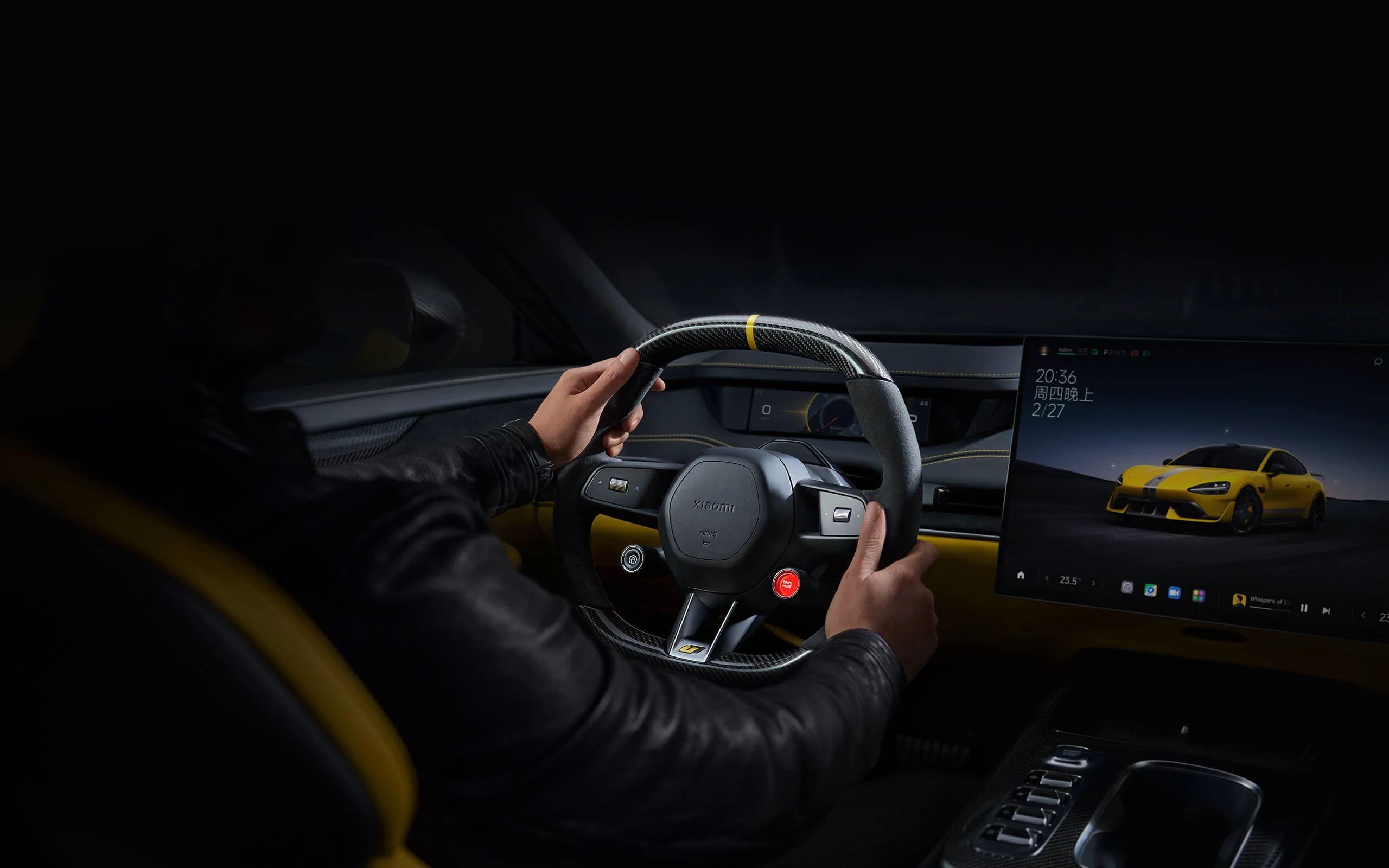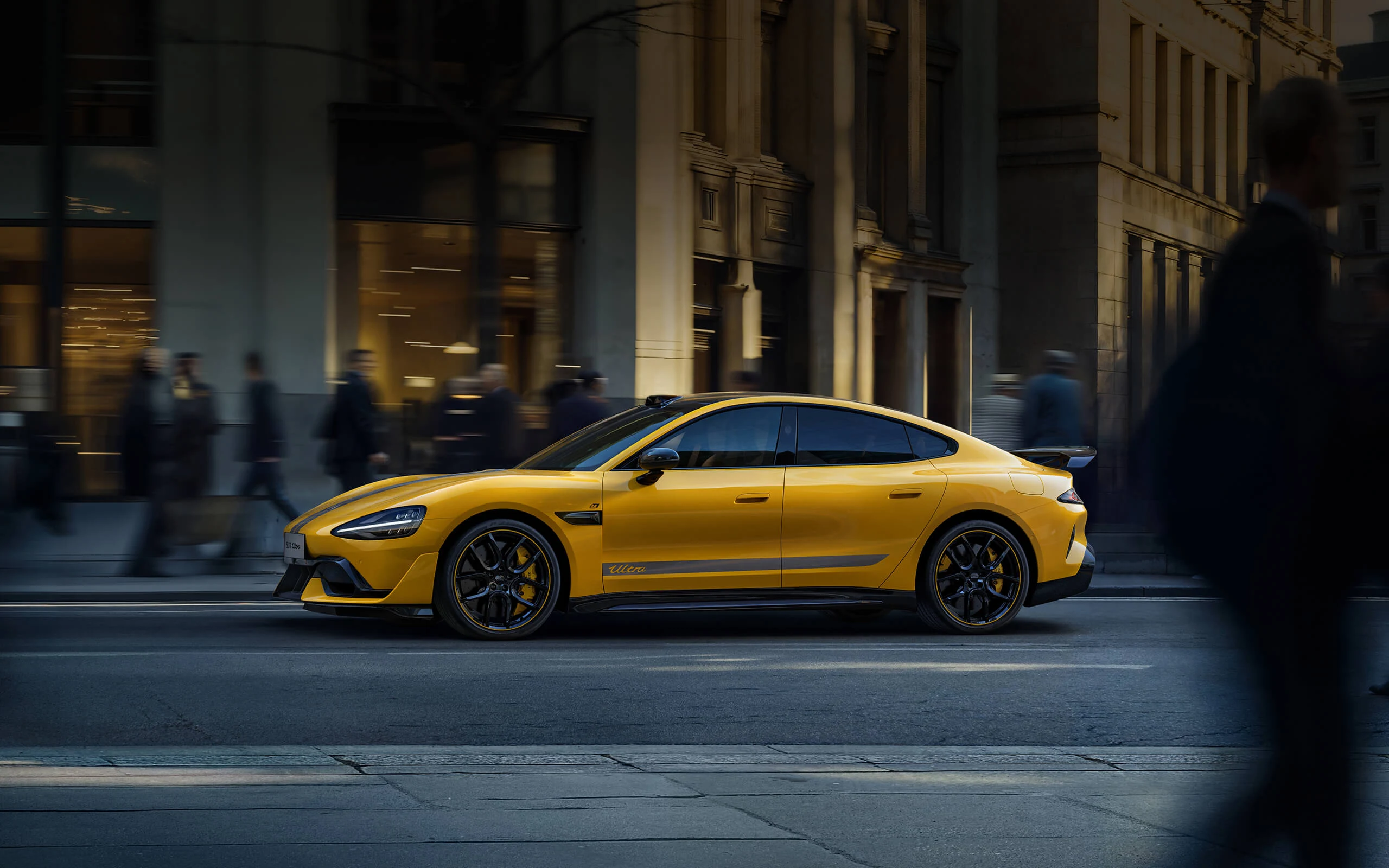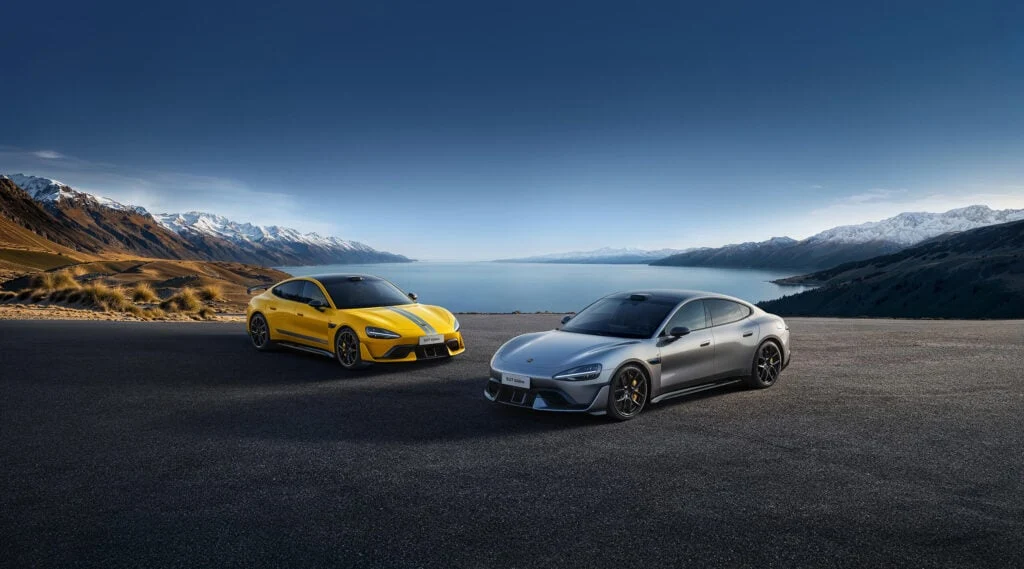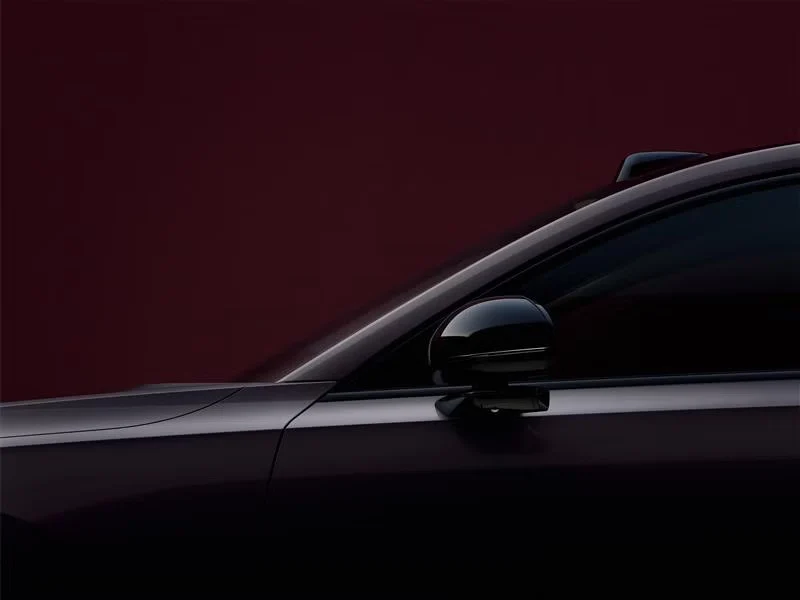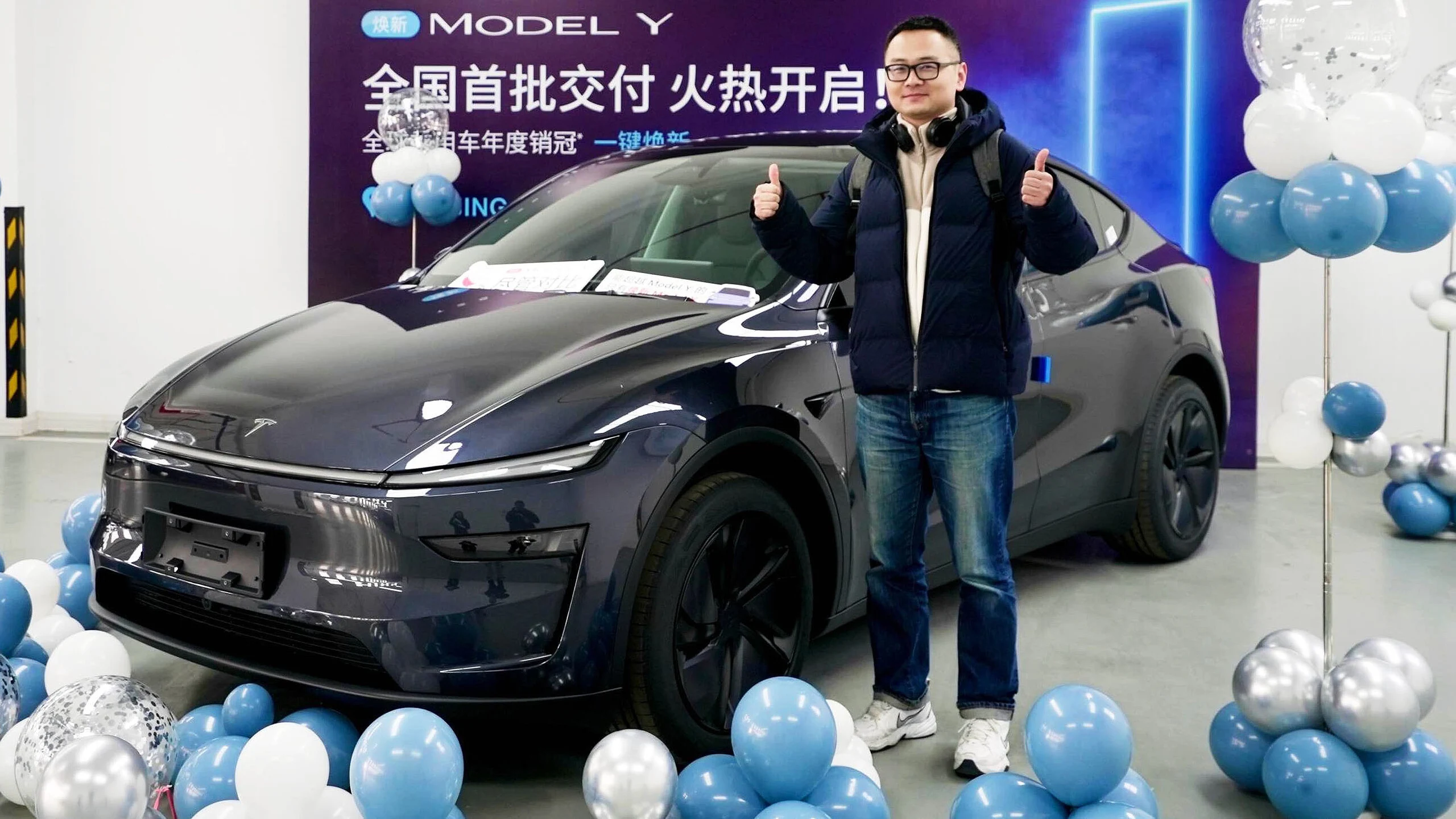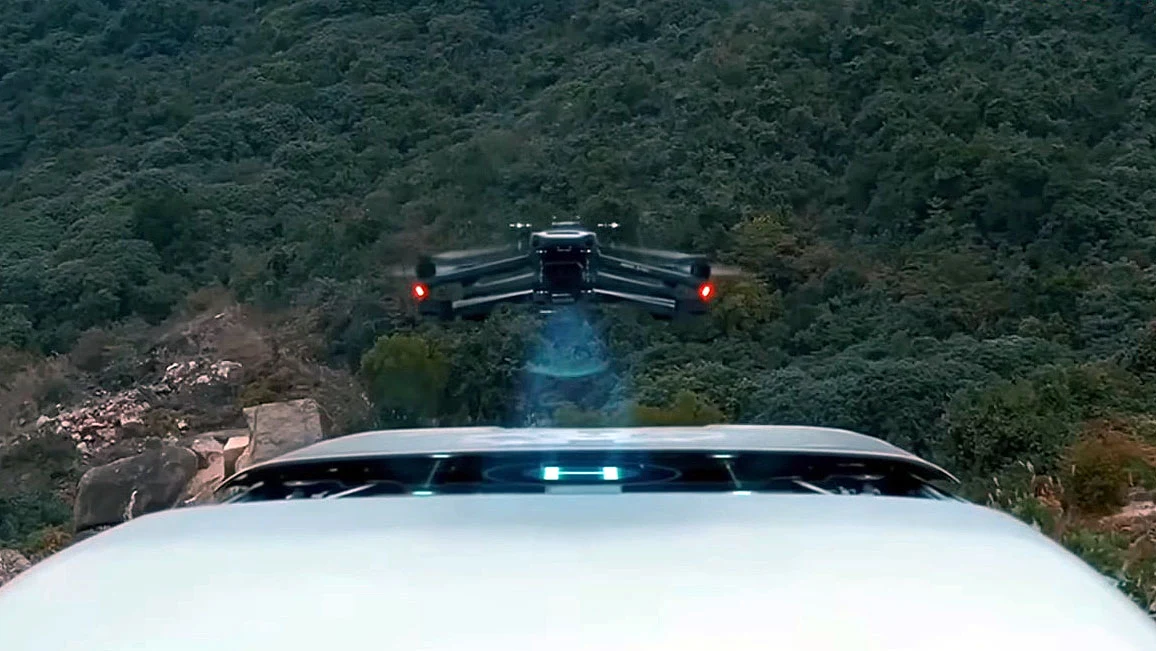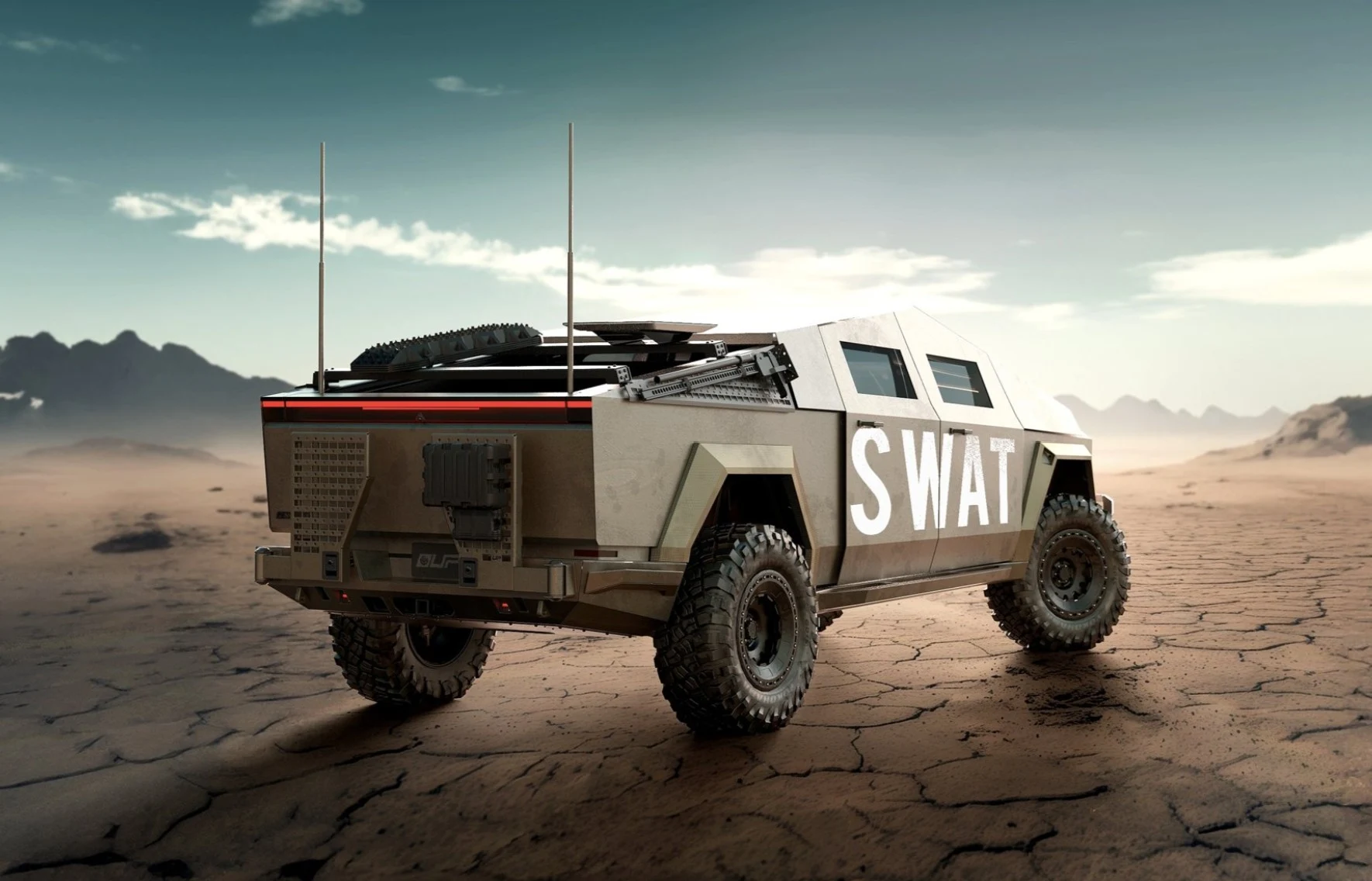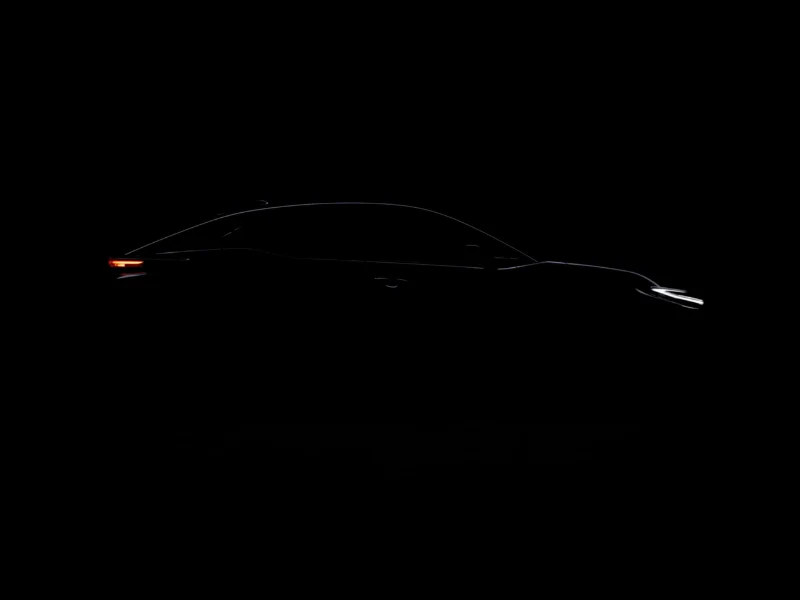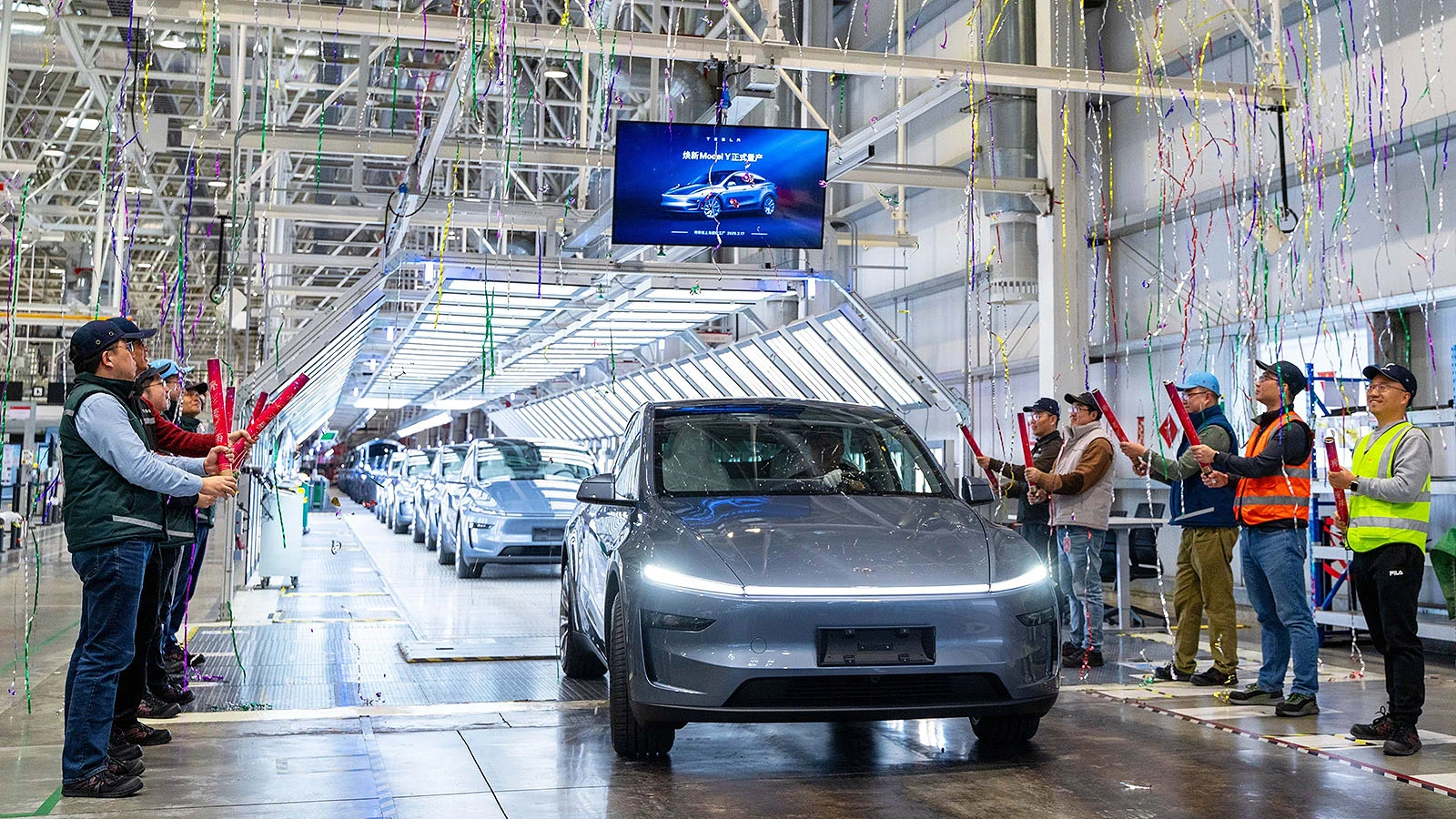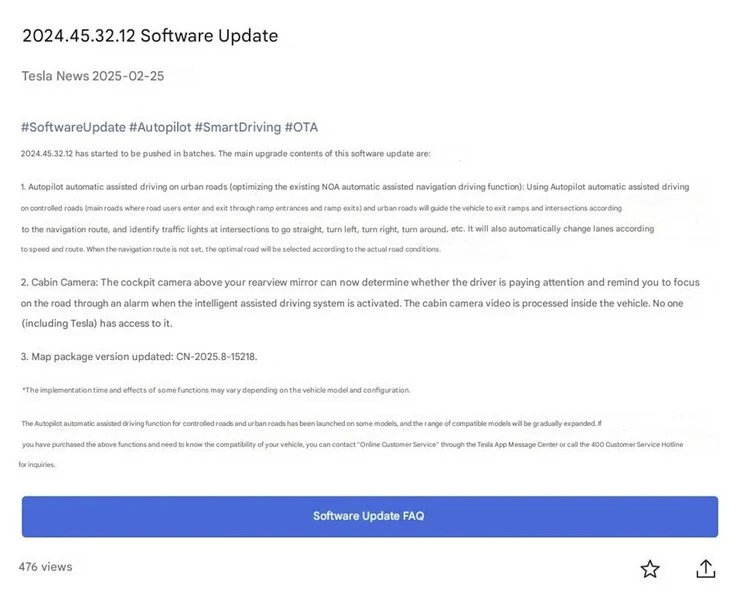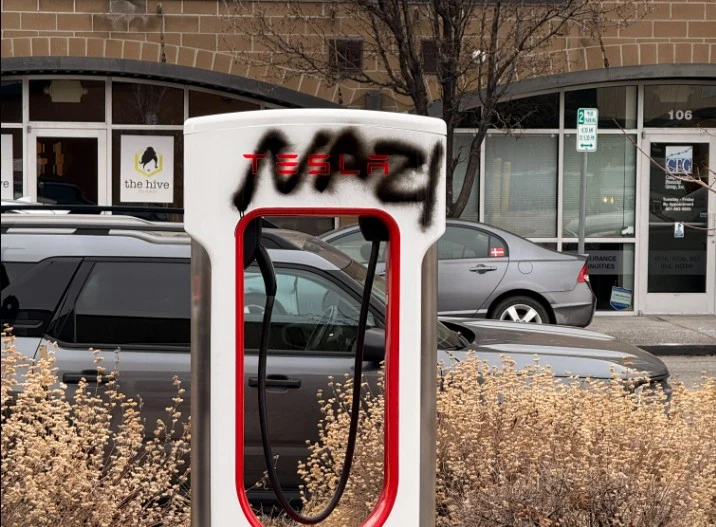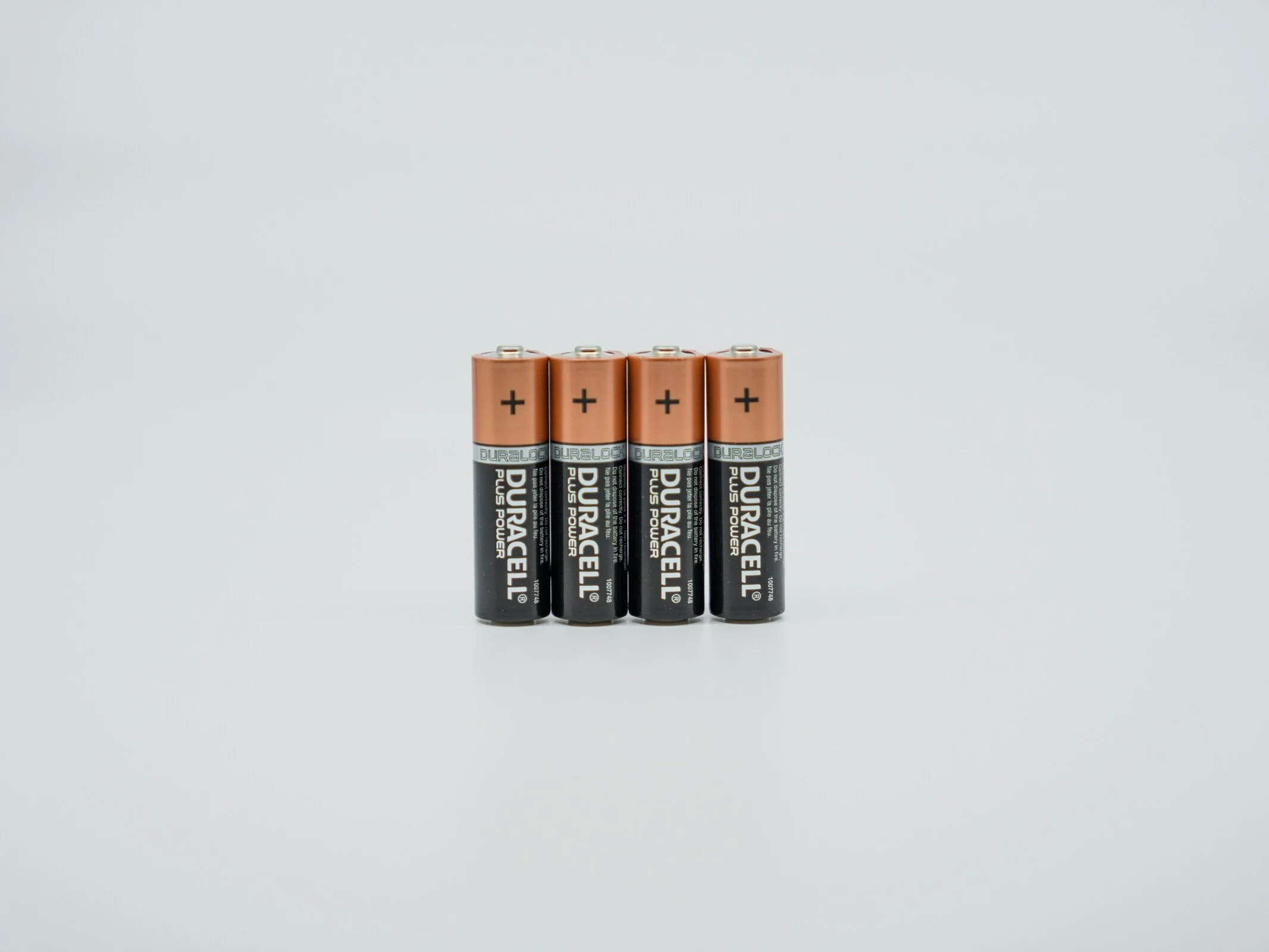Key Takeaways
1. Performance: The Xiaomi SU7 Ultra accelerates from 0-100 km/h in 1.98 seconds and has a top speed exceeding 350 km/h, making it the fastest four-door production car.
2. Powertrain: It features a Super Three-Motor System with a dual V8 and V6 all-wheel-drive setup, producing 1,548 PS of peak power and achieving 0-200 km/h in 5.86 seconds.
3. Design and Stability: The car includes an aerodynamic package, carbon-ceramic brakes, and a Nürburgring-tuned chassis for enhanced handling and high-speed stability.
4. Technology: Operates on Xiaomi HyperOS with advanced features such as real-time navigation and smart parking assistance, powered by two Orin X AI chips.
5. Charging and Usability: The SU7 Ultra has an 897V high-voltage charging system, allowing a quick charge from 10% to 80% in 11 minutes and a CLTC range of 620 km.
Xiaomi has unveiled the SU7 Ultra, a powerful electric sedan that comes with a price tag of 529,900 yuan ($72,988). This vehicle boasts an incredible acceleration of 0-100 km/h in just 1.98 seconds and can reach a top speed of over 350 km/h, making it the fastest four-door production car available.
Specifications of the SU7 Ultra
Equipped with Xiaomi’s Super Three-Motor System, the SU7 Ultra features a dual V8 and V6 all-wheel-drive setup that produces a staggering 1,548 PS of peak power. The V8 engine can rev up to 27,200 rpm, delivering remarkable acceleration, while its torque vectoring system improves handling precision. The car can go from 0-200 km/h in only 5.86 seconds and completes a quarter-mile in 9.23 seconds.
Design and Features
To ensure stability at high speeds, the SU7 Ultra is designed with an aerodynamic package that comprises a fixed carbon fiber rear wing, an active rear diffuser, and U-shaped wind blades. It is fitted with a carbon-ceramic braking system that includes six-piston front calipers and four-piston rear calipers for outstanding stopping power. Additionally, the vehicle features a Nürburgring-tuned chassis and adjustable coilover suspension to enhance its driving performance.
Inside, the cabin of the SU7 Ultra offers a luxurious, racing-inspired environment with 5m² of Alcantara microfiber upholstery and carbon fiber details. The sports seats provide both graphene heating and massage capabilities, while a 25-speaker surround sound system with active noise cancellation creates a captivating audio experience.
Technology and Charging
The sedan operates on Xiaomi HyperOS, which integrates smart devices, navigation, and AI-driven autonomous driving systems. It features the Xiaomi Pilot system, powered by two Orin X AI chips, which enables real-time navigation, adaptive lane changes, and smart parking assistance.
To maximize charging efficiency, the SU7 Ultra includes an 897V high-voltage charging system that allows for a quick 10% to 80% charge in just 11 minutes. It has a CLTC range of 620 km and supports 5.2C ultra-fast charging, blending exceptional performance with everyday usability.
The Xiaomi SU7 Ultra is offered in five eye-catching colors, falling into Classic, Luxury, and Sports categories. Buyers can select from Obsidian Black and Pearl White for a classic appearance, Space Silver and Parrot Green for a touch of luxurious refinement, or Lightning Yellow for a striking, race-inspired look.
